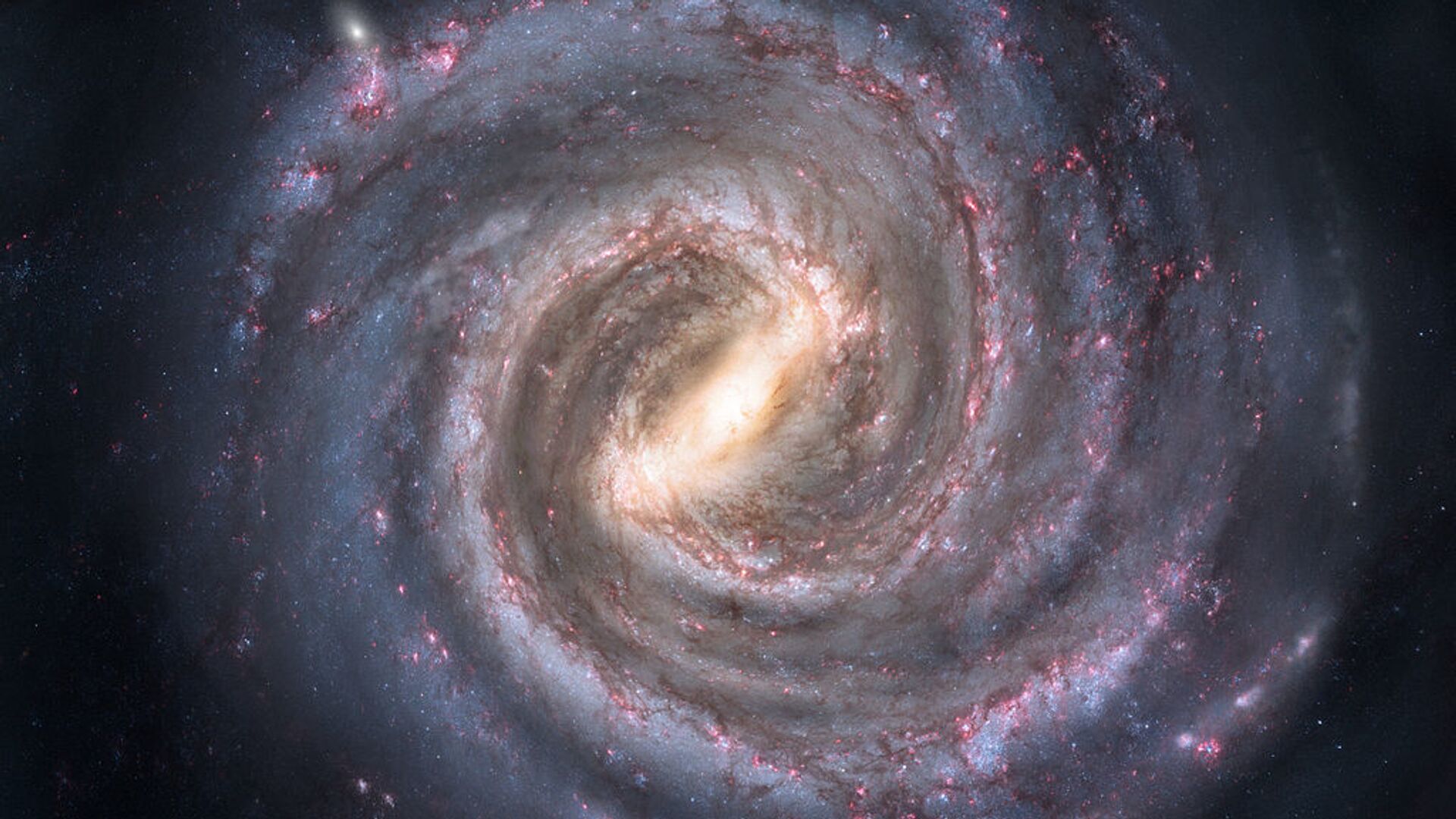https://sputnikglobe.com/20220511/china-poised-to-search-for-earth-like-exoplanets-with-upcoming-space-telescope-1095436664.html
China Poised to Search for Earth-Like Exoplanets With Upcoming Space Telescope
China Poised to Search for Earth-Like Exoplanets With Upcoming Space Telescope
Sputnik International
The new space telescope would observe 1.2 million dwarf stars for four years, searching for distant planets akin to our own. 11.05.2022, Sputnik International
2022-05-11T16:29+0000
2022-05-11T16:29+0000
2022-05-11T16:29+0000
science & tech
planets
telescope
search
https://cdn1.img.sputnikglobe.com/img/107853/46/1078534683_0:225:1024:801_1920x0_80_0_0_68973250c618179c79d8725c9cd96dde.jpg
A new proposal by the Shanghai Astronomical Observatory may result in China launching a new effort to search for exoplanets similar to our home world in outer space.According to Space.com, the proposed Earth 2.0 Telescope would be deployed some 1.5 million kilometres from our planet, where it would orbit Sun-Earth Lagrange point 2 for four years and use its seven telescopes to seek out hints of exoplanets’ presence – such as when a star dims when a planet passes in front of it – at a particular section of the sky towards the galactic centre.The primary targets of this endeavour are supposed to be exoplanets similar in size to Earth that orbit stars similar to our Sun.However, a professor at the Shanghai Astronomical Observatory named Ge Jian told the media outlet in an email that the spacecraft would merely measure the planets’ sizes and orbital periods, while the potential habitability of said planets would be assessed via observations from other facilities.With a field of view of 500 square degrees, the Earth 2.0 Telescope would observe some 1.2 million dwarf stars over four years, the media outlet notes.
https://sputnikglobe.com/20220219/milky-way-swallowed-up-undiscovered-galaxy-over-eight-billion-years-ago-reveals-esa-gaia-spacecraft-1093178860.html
Sputnik International
feedback@sputniknews.com
+74956456601
MIA „Rossiya Segodnya“
2022
News
en_EN
Sputnik International
feedback@sputniknews.com
+74956456601
MIA „Rossiya Segodnya“
Sputnik International
feedback@sputniknews.com
+74956456601
MIA „Rossiya Segodnya“
science & tech, planets, telescope, search
science & tech, planets, telescope, search
China Poised to Search for Earth-Like Exoplanets With Upcoming Space Telescope
The new space telescope would observe 1.2 million dwarf stars for four years, searching for distant planets akin to our own.
A new proposal by the Shanghai Astronomical Observatory may result in China launching a new effort to search for exoplanets similar to our home world in outer space.
According to Space.com, the proposed Earth 2.0 Telescope would be deployed some 1.5 million kilometres from our planet, where it would orbit Sun-Earth Lagrange point 2 for four years and use its seven telescopes to seek out hints of exoplanets’ presence – such as when a star dims when a planet passes in front of it – at a particular section of the sky towards the galactic centre.
The primary targets of this endeavour are supposed to be exoplanets similar in size to Earth that orbit stars similar to our Sun.
However, a professor at the Shanghai Astronomical Observatory named Ge Jian told the media outlet in an email that the spacecraft would merely measure the planets’ sizes and orbital periods, while the potential habitability of said planets would be assessed via observations from other facilities.
"These planet candidates can be followed up with ground-based telescopes to obtain radial velocity measurements to determine their masses and densities", Ge said. "Some of these planet candidates around bright stars can be further followed up with ground-based or space-based spectroscopy to obtain transmission spectra of planets to study their atmospheres' compositions".

19 February 2022, 13:35 GMT
With a field of view of 500 square degrees, the Earth 2.0 Telescope would observe some 1.2 million dwarf stars over four years, the media outlet notes.
"Our survey simulations show that we expect to detect about 30,000 new planets, including around 5,000 terrestrial-like planets, by our ET [Earth 2.0 Telescope] mission", Ge said, as quoted by the media outlet.


